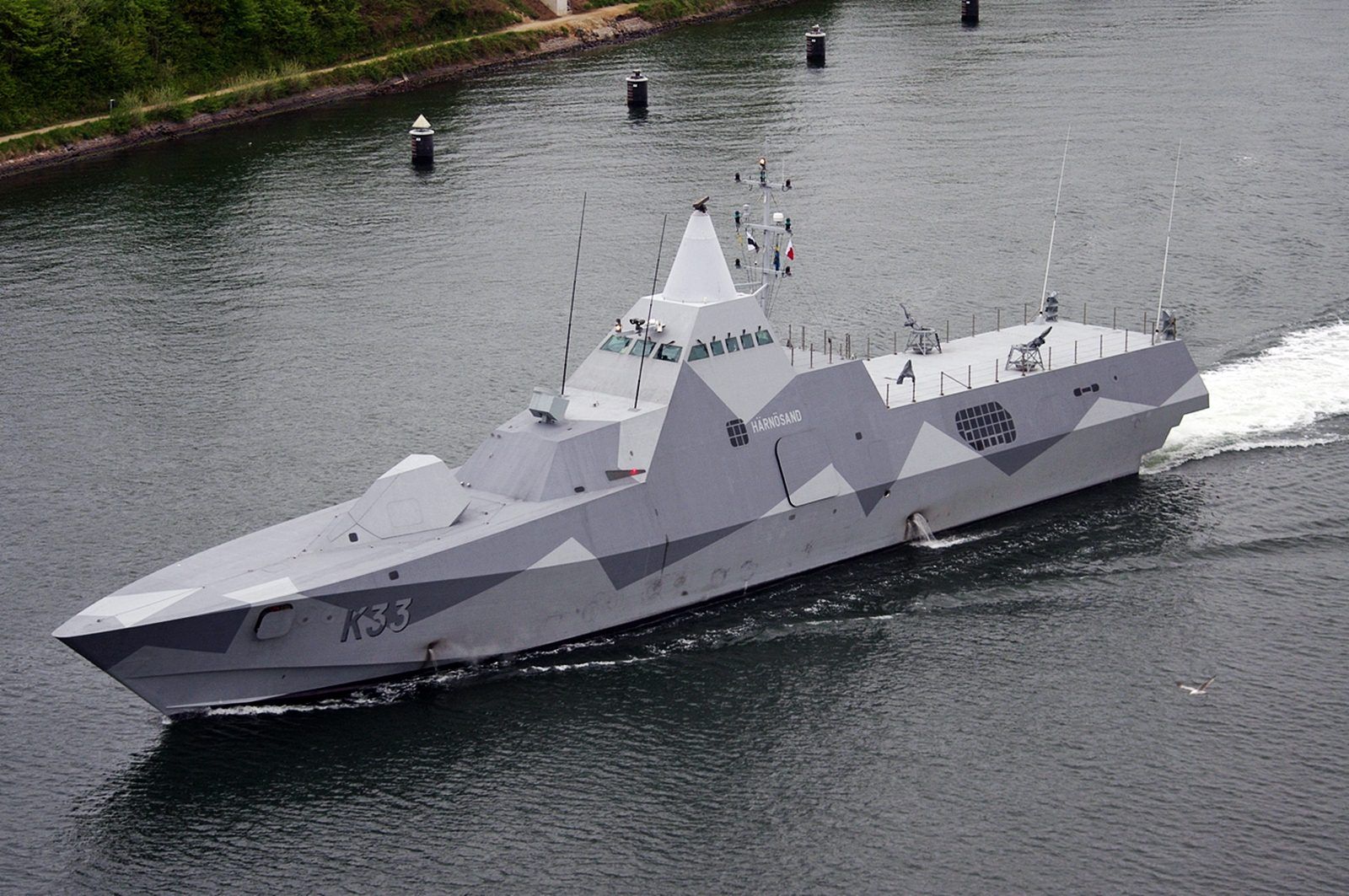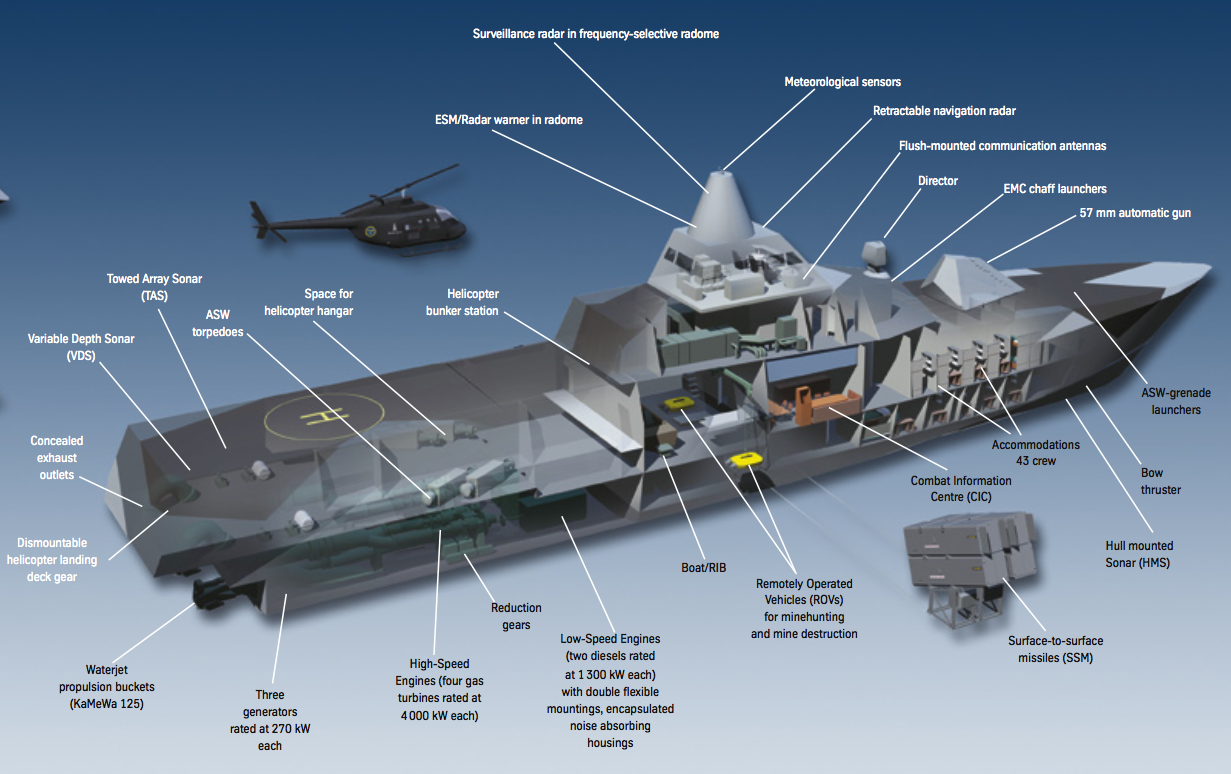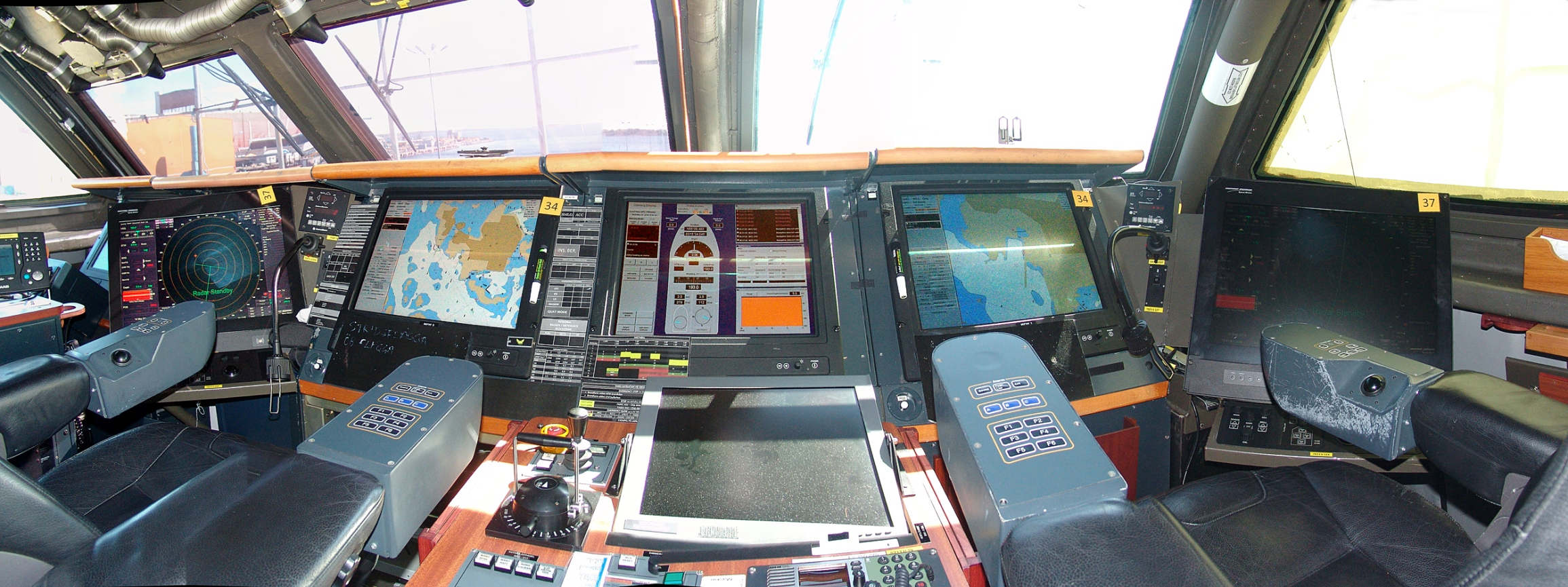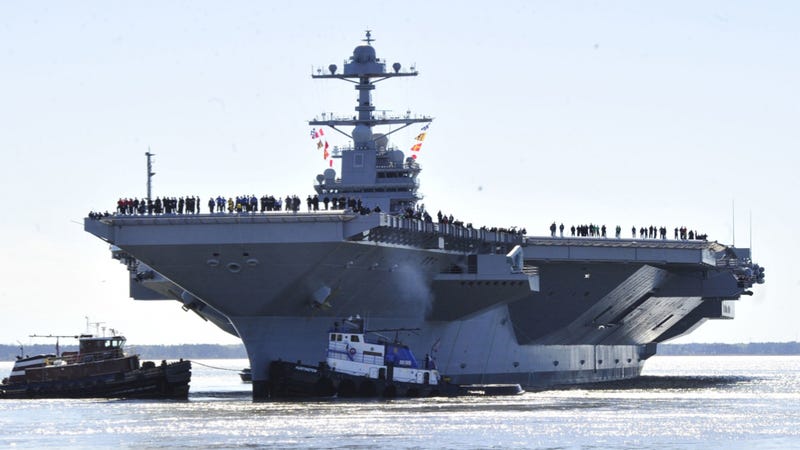Trump May Have Just Derailed A Crucial Part Of America's Future Aircraft Carrier Fleet

Michael Ballaban
Today 11:35am
Filed to: aircraft carriers
141.8K
53615
Pre-commissioning Unit Gerald R. Ford. Photo credit: U.S. Navy
It looks like after almost a decade of development, the ultra-advanced
Gerald R. Ford supercarrier will be commissioned this year. An important detail about this ship, the first of its class, is that it does not use steam catapults to launch planes as is traditional, but instead uses an electromagnetic system to fling them into the air. And then President Donald Trump opened his mouth.
 The World's Most Tricked Out Aircraft Carrier May Finally Be Commissioned This Year
The World's Most Tricked Out Aircraft Carrier May Finally Be Commissioned This Year
The U.S. Navy is nearing the final stages of commissioning the world’s most technologically…
Read more
From a
Time interview with the president that went live this morning:
You know the catapult is quite important. So I said what is this? Sir, this is our digital catapult system. He said well, we’re going to this because we wanted to keep up with modern [technology]. I said you don’t use steam anymore for catapult? No sir. I said, “Ah, how is it working?” “Sir, not good. Not good. Doesn’t have the power.
You know the steam is just brutal. You see that sucker going and steam’s going all over the place, there’s planes thrown in the air.”
It sounded bad to me. Digital. They have digital. What is digital? And it’s very complicated, you have to be Albert Einstein to figure it out. And I said–and now they want to buy more aircraft carriers. I said what system are you going to be–”Sir, we’re staying with digital.”
I said no you’re not. You going to goddamned steam, the digital costs hundreds of millions of dollars more money and it’s no good.
Emphasis mine. What’s not immediately clear is whether or not this change is occurring because of the president’s suggestion; I called the office of the Assistant Secretary of the U.S. Navy for Research, Development, and Acquisition, which oversees the program, to see if they knew anything about this massive new procurement change and its implications. I have yet to hear back.
I really am at a loss here. First, yes, there are “planes thrown in the air.” That’s the entire point. Modern aircraft are too heavy to fly off an aircraft carrier on their own, that’s why carriers have used steam catapults ever since the 1950s to help them get going. You need to throw them in the air.
They do indeed have, uh, “digital” now. To people afraid of computers, the digital might sound bad. But “digital”—or as it’s more properly known, the Electromagnetic Aircraft Launch System, also known as EMALS—is not Bad. The officer who said “sir, we’re staying with digital,” is, in fact, Good.
And that’s because there’s a reason why the latest and greatest aircraft carriers will use EMALS, and not steam catapults. It works just fine for a lot of the aircraft on ships now, but for the drones that will be flying in the skies more than 50 years from now, when the
Ford-class is still expected to be in service, a new solution is needed.
And just in case you’ve never tried to examine the internals of your home heating system, steam systems in general are extremely complicated. Steam catapults on an aircraft carrier are even more so. The inner workings are huge and heavy, requiring enormous amounts of maintenance, and aren’t easy to control.
Here’s how steam catapults work, in an extremely simplified nutshell:
EMALS, on the other hand, works a lot like the magnetic levitation trains you may have seen testing. And no, you don’t need to be Albert Einstein to understand it.
The system uses electric currents to charge up a carriage-and-track system, and once full energized, the carriage (with a plane attached) is propelled at high speeds down the carrier’s deck. And since it’s all computer controlled – ahem,
digital – it can be used for quite delicate operations. Or for launching trucks off the deck of the USS
Gerald R. Ford, as it did in testing last year:
Maybe I’m crazy though. So to find out, I asked Dr. Robert Farley, a specialist in military diffusion, maritime affairs, and national security at the Patterson School of Diplomacy and International Commerce at the University of Kentucky, and our
resident carrier expert, if this was all nuts. And it turns out, maybe not.
 What It Would Really Take To Sink A Modern Aircraft Carrier
What It Would Really Take To Sink A Modern Aircraft Carrier
The modern aircraft carrier is a global symbol of American dominance, hegemony, peace, even empire. …
Read more
“I can confirm that this is absolutely nuts,” he said. The whole idea of ripping out the launch system in the already-built
Ford, and re-designing the following carriers (including the already-under construction USS
Enterprise), would be “immensely expensive.”
As with any new system, its development hasn’t always been a smooth ride. It’s been beset by
reliability issues over the years, and if anything, carriers need to be reliable. Without the ability to launch planes, the ship is a proverbial sitting duck.
But like most new things, the kinks will probably be worked out. The system is needed for the future, and if we turned our back on every system that was necessary but didn’t quite work out perfectly as a prototype, we’d still be living in the stone age.
We’ll update this post if we hear back from the Navy.
UPDATE 7:07 PM: The Navy declined to comment.
h/t to Ned Donovan!












